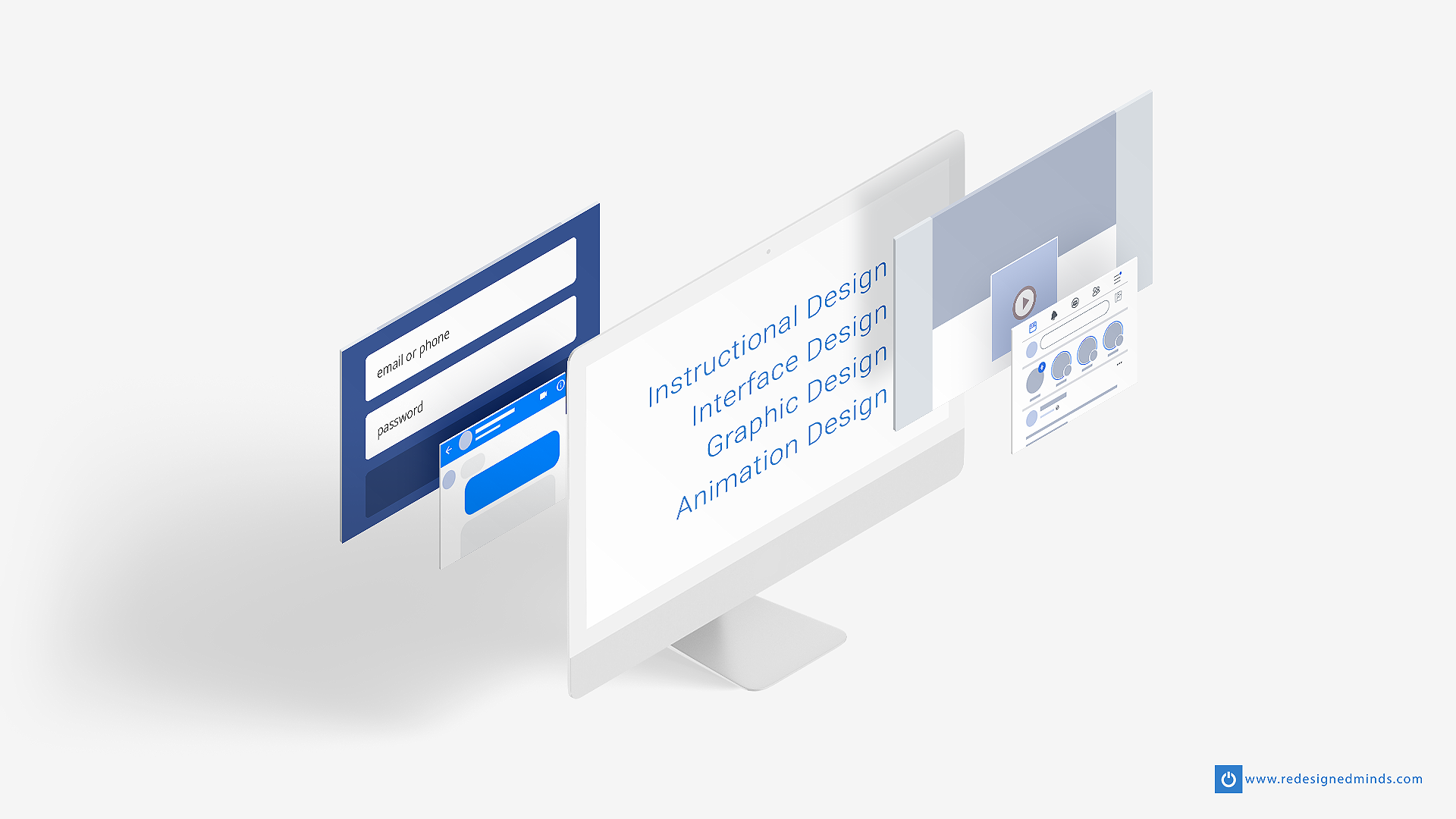THE FOUR ‘MUST-HAVE DESIGN TIERS’ IN YOUR CBT
Instructional, Interface, Graphics, and Animation Design
The reason I am writing this blog is to reiterate the need for sound instructional design. Yes, I am well aware that we all wear multiple hats in this business, and we cannot be all things to all men, but what I am advocating is that you use these four tiers of design in your CBT’s, and these will to some extent retain learners to completion. You don’t need to go and get a degree in each one of these areas, but even the bare minimum executed with tact may yield exponential returns from the training investment, which is what we want as instructional designers.
“Always remember that learners are sophisticated people, they don’t need to be talked down to or treated stupid. Why then would you include “CLICK THE NEXT BUTTON TO CONTINUE” when they can see what the previous and next button looks like?”- Paul Njuguna
The four tiers of CBT design include:
1. Instructional Design: Using the right instructional model to address performance problems and outline solutions. Action mapping is my go-to model.
2. Interface Design: Seamlessly navigating the course with the least amount of distractions and clicks.
3. Graphic Design: Using the client’s style, layout, and branding.
4. Animation Design: Using directional, transitional, and instructional animations.
When used with tact, these four tiers will support and enhance your instructional design, and the experience will never be passive or boring, but a fun and engaging one.
Let me focus my attention on animation design. I am a strong proponent of never distracting the learner from the most important reason why they are taking an eLearning course. Some of my greatest pet-peeves are overkill using prebuilt animations in PowerPoint, Captivate and Storyline. Caveat: Avoid distracting transitions and clipart of animated bean people, they don’t help your learning content.
The rule is, if you are going to use animations and transitions:
1. Keep transitions and animations to a bare minimum
2. Use one consistent transitional type (fades are the best)
3. Keep animations short
4. Use animations to help learners see what you are saying
5. Use animations with purpose and intent
The three types of animation:
1. Directional Animations: These guide and focus learners to some information on the screen.
2. Transitional Animations: Help learners navigate through changing content. These animations address questions such as: Where were they? Where are they going? And how will they get there? For example, say you are introducing a new item to the learner, how can you animate that? Remember that movement communicates and helps learners understand how they get from point A to B.
3. Instructional Animations: These deals with all things non-verbal communication, describing something without extra words. How will you show by animation what you are going to say? How can you communicate meaning in learning content through the use of movement? The aim is to take the cognitive load off their minds and animate it on the screen. Instructional animations can be conceptual (explaining things like processes) or technical (explaining physical things).
Do you need help developing an interactive CBT?
Contact me for support!



Well said! I totally agree that animation should be subtle. That can make a course look highly professional (and it doesn’t distract or frustrate the learner like flashy or lengthy sequences do).
As an example, you might like the simple branching scenario I shared in my portfolio. Would love to know if that’s the kind of animation you had in mind.